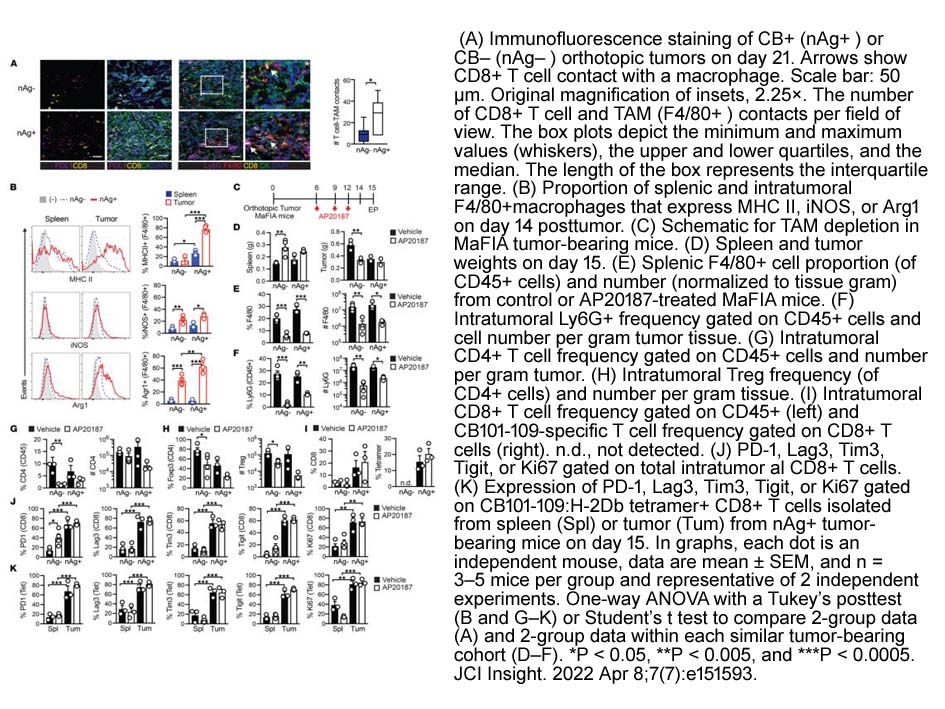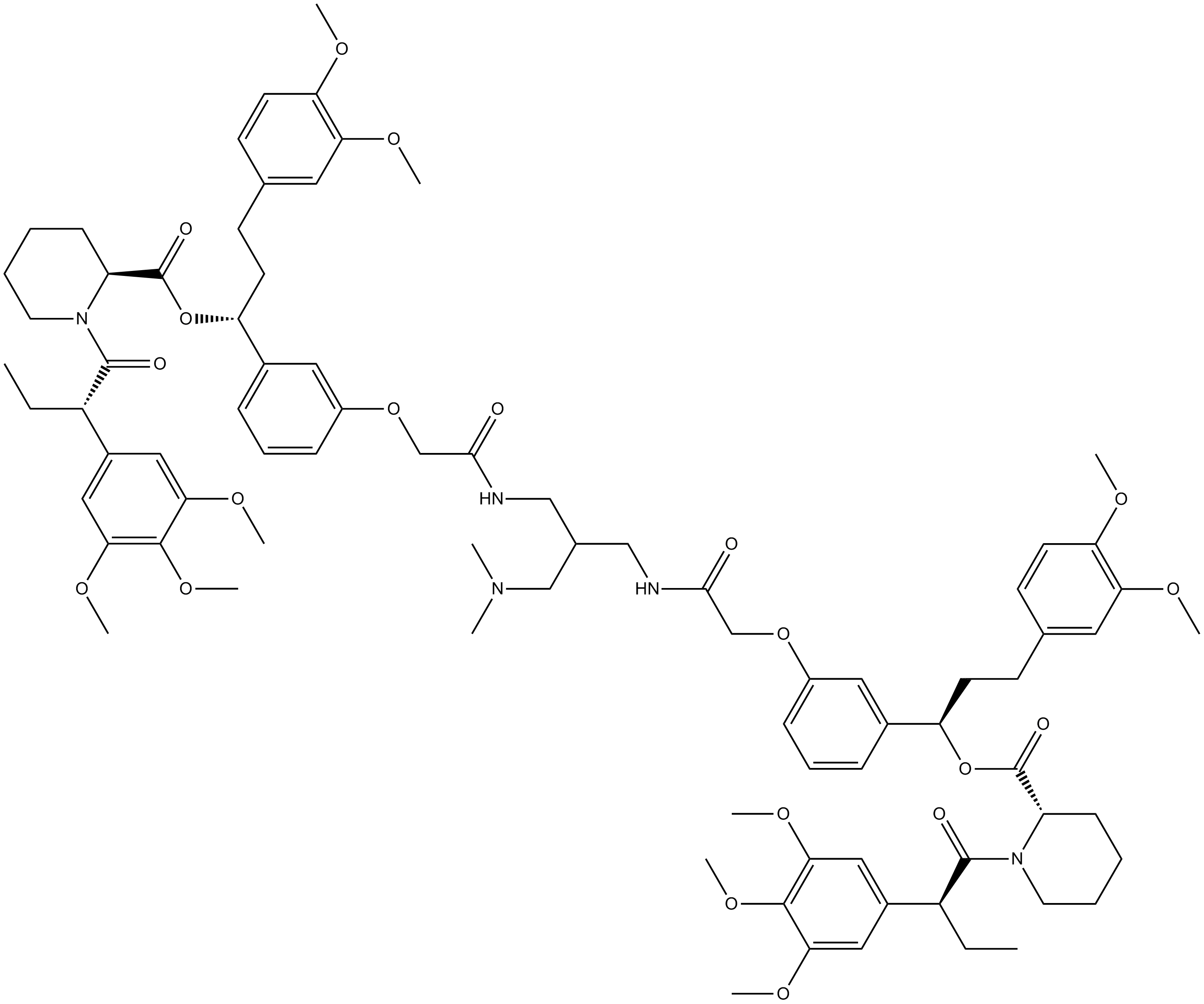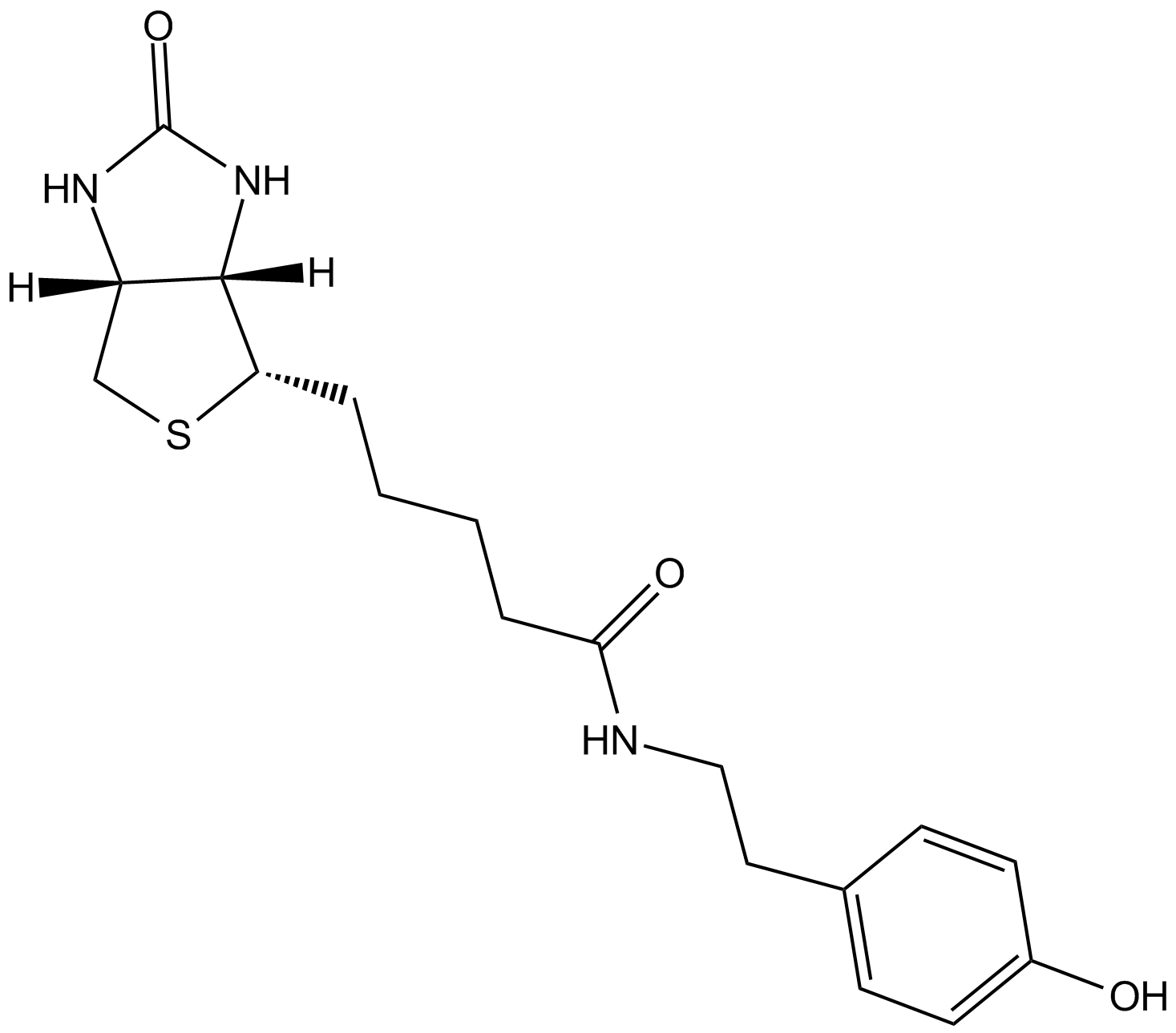AP20187
AP20187 (CAS 195514-80-8) is a small molecule commonly employed as a chemical inducer of dimerization (CID) in conditional gene expression systems. Upon administration, AP20187 promotes controlled protein-protein interactions by inducing engineered fusion proteins to dimerize, enabling selective activation of signaling pathways. In vivo studies demonstrate that AP20187-mediated CID enhances the proliferation of transduced erythrocytes, platelets, and, to a lesser extent, granulocytes[1]. Additionally, AP20187 is utilized in AP20187–LFv2IRE systems, activating chimeric insulin receptors, which subsequently increases hepatic glycogen levels and promotes glucose uptake in skeletal muscle. AP20187 mediate dimerization has significant potential in gene therapy and metabolic research[2].
References:
[1] Neff T, Blau CA. Pharmacologically regulated cell therapy. Blood. 2001 May 1;97(9):2535-40.
[2] Cotugno G, Formisano P, Giacco F, Colella P, Beguinot F, Auricchio A. AP20187-mediated activation of a chimeric insulin receptor results in insulin-like actions in skeletal muscle and liver of diabetic mice. Hum Gene Ther. 2007 Feb;18(2):106-17.
- 1. David G Broadbent, Colten M McEwan, et al. "Ubiquitin-mediated recruitment of the ATG9A-ATG2 lipid transfer complex drives clearance of phosphorylated p62 aggregates." Mol Biol Cell. 2025 Feb 1;36(2):ar20 PMID: 39718773
- 2. Ryo Terao, Brian S Sohn, et al. "Cholesterol Accumulation Promotes Photoreceptor Senescence and Retinal Degeneration." Invest Ophthalmol Vis Sci. 2024 Aug 1;65(10):29. PMID: 39167399
- 3. Ronit Schwartz Wertman, Winslow Yost, et al. "Distinct sequential death complexes regulate pyroptosis and IL-1β release in response to Yersinia blockade of immune signaling." Sci Adv. 2024 Jul 26;10(30):eadl3629 PMID: 39058785
- 4. Ryo Terao, Tae Jun Lee, et al. "LXR/CD38 activation drives cholesterol-induced macrophage senescence and neurodegeneration via NAD." Cell Rep. 2024 May 28;43(5):114102 PMID: 38636518
- 5. D G Broadbent, C M McEwan, et al. "The formation of ubiquitin rich condensates triggers recruitment of the ATG9A lipid transfer complex to initiate basal autophagy." bioRxiv. 2023 Nov 29:2023.11.28.569058. PMID: 38077022
- 6. Ronit Schwartz Wertman, Christina K Go, et al. "Sequentially activated death complexes regulate pyroptosis and IL-1β release in response to Yersinia blockade of immune signaling." bioRxiv. 2023 Sep 15:2023.09.14.557714. PMID: 37745613
- 7. Loraine Kouba, Joël Bürgin, et al. "A composite, off-the-shelf osteoinductive material for large, vascularized bone flap prefabrication." Acta Biomater. 2022 Dec;154:641-649. PMID: 36261107
- 8. Adam L. Burrack, Zoe C. Schmiechen, et al. "Distinct myeloid antigen-presenting cells dictate differential fates of tumor-specific CD8+ T cells in pancreatic cancer." JCI Insight. 2022 Apr 8;7(7):e151593. PMID: 35393950
- 9. Colten Mitchell McEwan. "The Discovery of Novel 14-3-3 Binding Proteins ATG9A and PTOV1 and Their Role in Regulating Cancer Mechanisms." Brigham Young University. 2022.
- 10. Leila S Saleh, Luke D Amer, et al. "Mapping Macrophage Polarization and Origin during the Progression of the Foreign Body Response to a Poly (ethylene glycol) Hydrogel Implant." Adv Healthc Mater. 2021 Dec 30;e2102209. PMID: 34967497
- 11. Sébastien Pigeot, Thibaut Klein, et al. "Manufacturing of Human Tissues as off‐the‐Shelf Grafts Programmed to Induce Regeneration." Adv Mater. 2021 Oct;33(43):e2103737. PMID: 34486186
- 12. Bougioukli S, Vakhshori V, et al. "Regulated ex vivo regional gene therapy for bone repair using an inducible caspase-9 suicide gene system." Gene Ther. 2019 Jun;26(6):230-239. PMID: 30962534
- 13. Wakahashi K, Minagawa K, et al. "Vitamin D receptor-mediated skewed differentiation of macrophages initiates myelofibrosis and subsequent osteosclerosis." Blood. 2019 Feb 4. pii: blood-2018-09-876615. PMID: 30718230
- 14. Jacobs CL, Badiee RK, Lin MZ. "StaPLs: versatile genetically encoded modules for engineering drug-inducible proteins." Nat Methods. 2018 Jul;15(7):523-526. PMID: 29967496
- 15. Miyake M, Kuroda M, et al. "Ligand-induced rapid skeletal muscle atrophy in HSA-Fv2E-PERK transgenic mice." PLoS One. 2017 Jun 23;12(6):e0179955. PMID: 28644884
| Storage | Store at -20°C |
| M.Wt | 1482.75 |
| Cas No. | 195514-80-8 |
| Formula | C82H107N5O20 |
| Solubility | ≥74.14 mg/mL in DMSO; ≥100 mg/mL in EtOH |
| SDF | Download SDF |
| Canonical SMILES | O=C([C@@H]1CCCCN1C([C@@H](CC)C2=CC(OC)=C(OC)C(OC)=C2)=O)O[C@H](CCC3=CC(OC)=C(OC)C=C3)C4=CC=CC(OCC(NCC(CNC(COC5=CC=CC([C@@H](CCC6=CC(OC)=C(OC)C=C6)OC([C@H]7N(C([C@@H](CC)C8=CC(OC)=C(OC)C(OC)=C8)=O)CCCC7)=O)=C5)=O)CN(C)C)=O)=C4 |
| Shipping Condition | Small Molecules with Blue Ice, Modified Nucleotides with Dry Ice. |
| General tips | We do not recommend long-term storage for the solution, please use it up soon. |
| Cell experiment: [1] | |
|
Cell lines |
CHO-AA8-Tet off cells |
|
Preparation method |
The solubility of this compound in DMSO is >74.1mg/mL. General tips for obtaining a higher concentration: Please warm the tube at 37 °C for 10 minutes and/or shake it in the ultrasonic bath for a while.Stock solution can be stored below -20°C for several months. |
|
Reaction Conditions |
|
|
Applications |
The cDNAs for the MLL-AF9 fusion protein were transfected in triplicate into CHO cells along with a Myc E box HSV TK luciferase reporter and a CMV-driven Renilla luciferase control plasmid. Results are expressed as a ratio of normalized firefly luciferase activity to the activity of cells transfected with an MSCV neomycin control vector. In the presence of the dimerizer AP20187, cells transfected with MLL-FKBP showed strong dose-dependent transactivation of the Myc E box HSV TK reporter. The dimerization of the fusion protein activated transcription with nearly 250-fold. |
| Animal experiment: [2] | |
|
Animal models |
CD1 mice |
|
Dosage form |
Intraperitoneal injection, 10 mg/kg |
|
Applications |
To evaluate LFv2IRE expression and tyrosine phosphorylation, CD1 mice were injected via the tail vein with GC of AAV2/8-TBG-LFv2IRE or AAV2/1-MCK-LFv2IRE vector 4 weeks before the AP20187 injection. AP20187-dependent LFv2IRE tyrosine phosphorylation was evident 2 hr after drug administration, peaked 6 hr later, and returned to baseline after 24 hr. Low LFv2IRE basal phosphorylation was detected in liver samples from mice receiving AAV2/8-TBG-LFv2IRE but not stimulated with AP20187, suggesting minimal leakiness of the system. |
|
Other notes |
Please test the solubility of all compounds indoor, and the actual solubility may slightly differ with the theoretical value. This is caused by an experimental system error and it is normal. |
|
References: [1] Martin M E, Milne T A, Bloyer S, et al. Dimerization of MLL fusion proteins immortalizes hematopoietic cells. Cancer cell, 2003, 4(3): 197-207. [2] Cotugno G, Formisano P, Giacco F, et al. AP20187-mediated activation of a chimeric insulin receptor results in insulin-like actions in skeletal muscle and liver of diabetic mice. Human gene therapy, 2007, 18(2): 106-117. |
|
| Description | AP20187 is a synthetic and cell-permeable drug that can dimerize and activate fusion proteins containing a growth factor receptor signaling domain. | |||||
| Targets | fusion proteins containing a growth factor receptor signaling domain | |||||
| IC50 | ||||||
Quality Control & MSDS
- View current batch:
Chemical structure
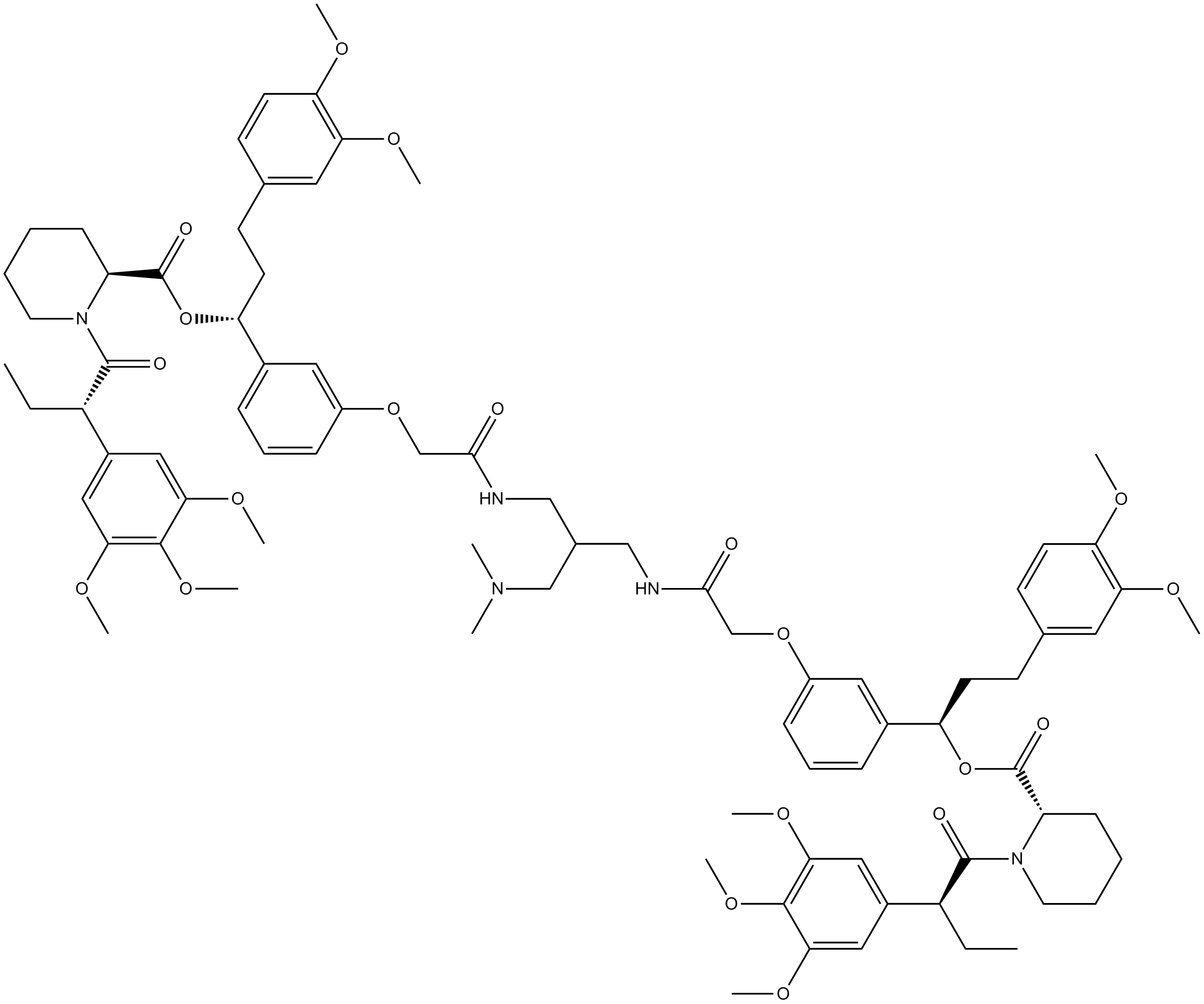
Related Biological Data
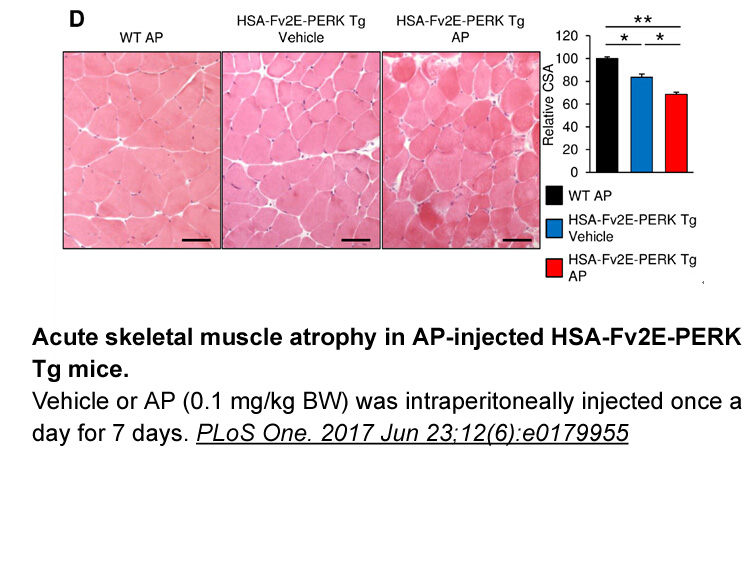
Related Biological Data
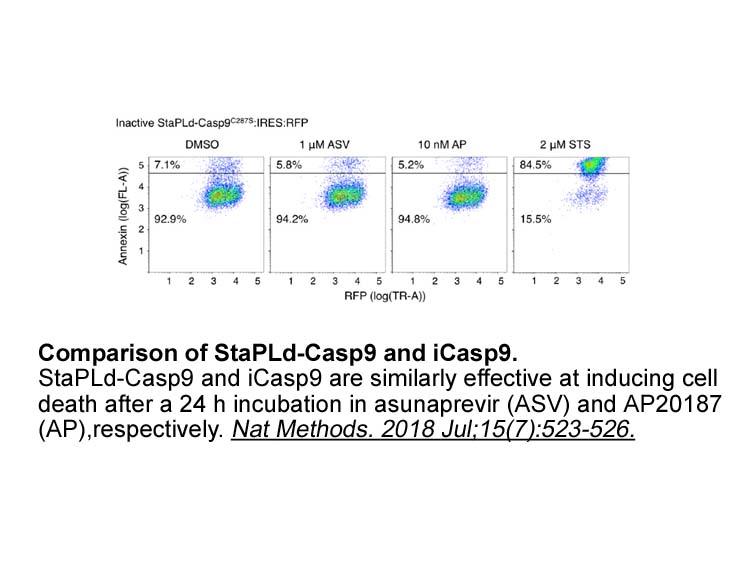
Related Biological Data
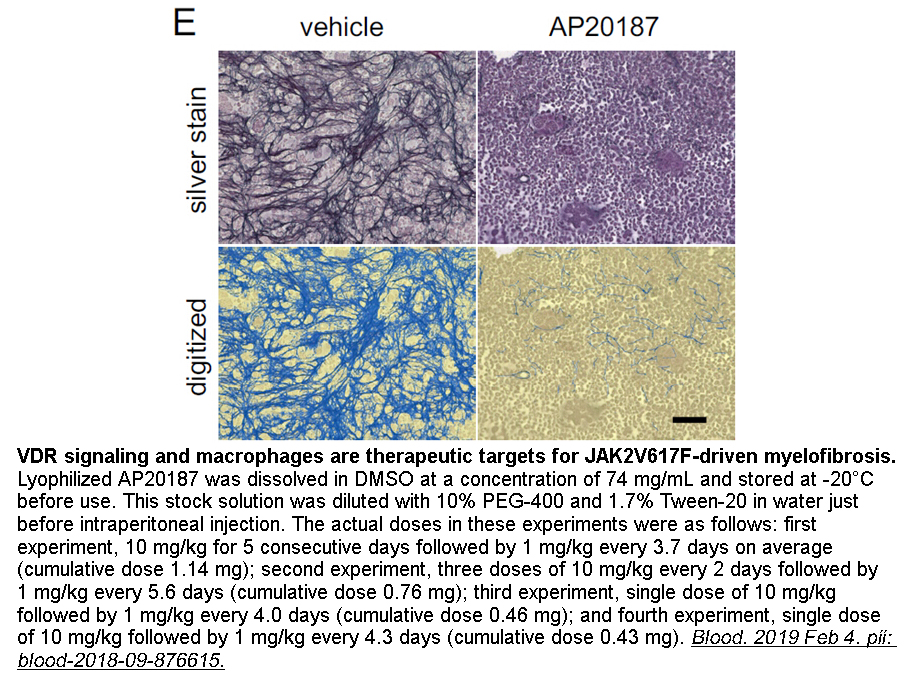
Related Biological Data
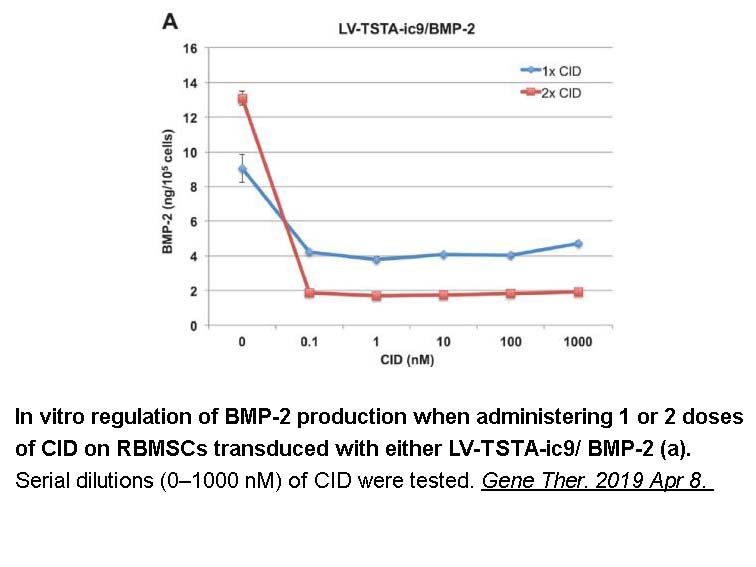
Related Biological Data
